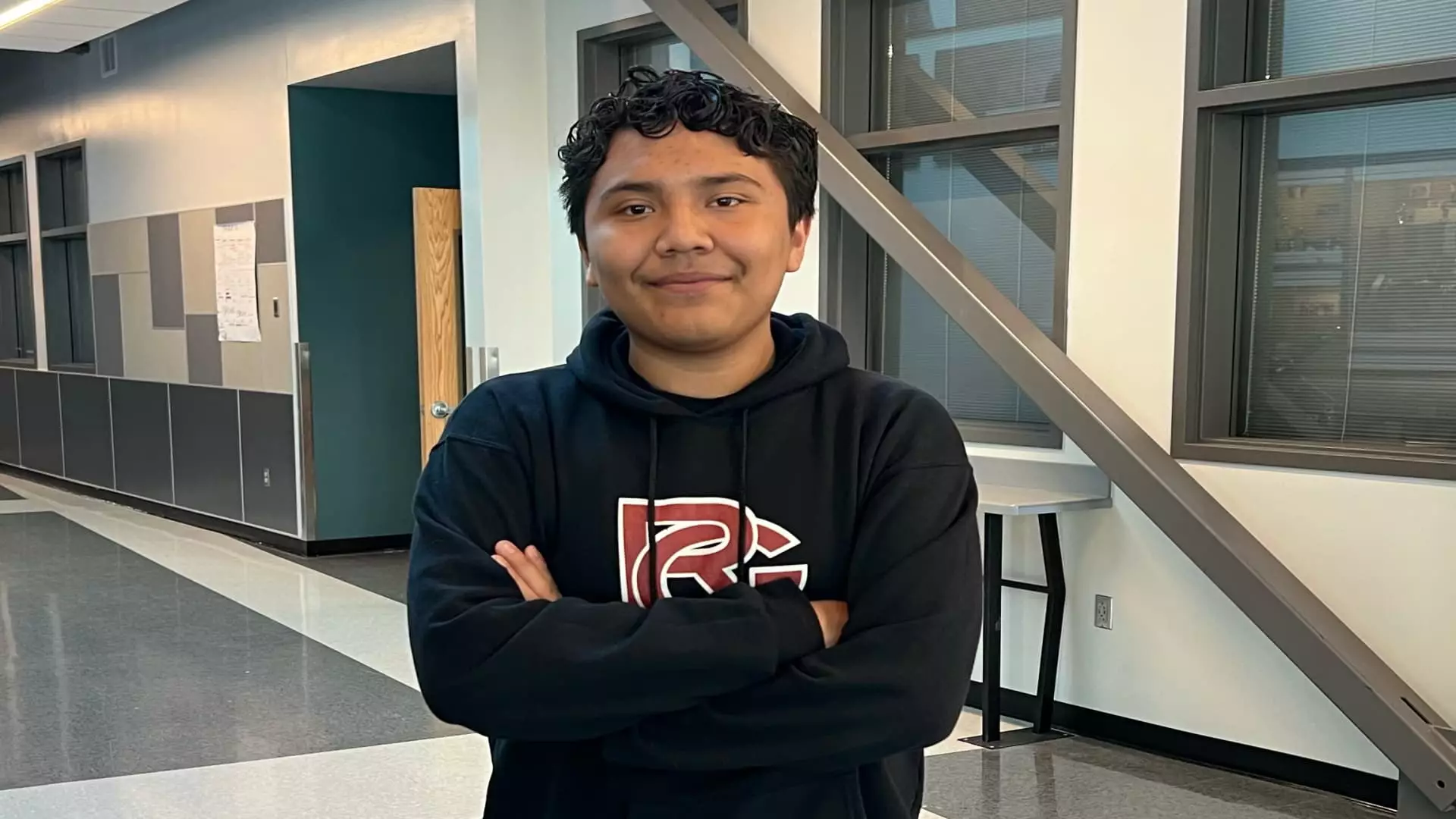As enrollment deadlines loom, an alarming trend has emerged – fewer students have been able to determine how they will finance their college education for the upcoming year. The introduction of the new Free Application for Federal Student Aid has not been without its challenges. Many students have faced delays in receiving financial aid award letters, while others have been deterred from even applying for aid due to the complications associated with the new form. According to the U.S. Department of Education, only 7.3 million applications for the 2024-25 FAFSA have been submitted so far, representing less than half of the usual number of students who rely on this application every year.
Experts like Mark Kantrowitz have expressed concern over the significant decrease in FAFSA applications compared to previous years. Kandtrowitz referred to the situation as “a complete disaster” given the potential long-term implications it may have on students’ college decisions. While some students have already received aid based on the information available, the uncertainty surrounding the remaining applicants is worrisome. Sandy Baum of the Urban Institute’s Center on Education Data and Policy emphasized that it is crucial to consider the impact that the lack of financial aid may have on students’ choices for the fall semester.
Ramon Montejo García, a 17-year-old senior at the KIPP Northeast Denver Leadership Academy, shared his challenges in affording his first-choice school, Wheaton College in Massachusetts. With a hefty price tag of nearly $80,000 per year, including tuition, fees, and room and board, Montejo García is heavily reliant on financial aid to make his college dreams a reality. However, issues with the FAFSA form, particularly for parents without a Social Security number, have posed obstacles for many applicants. Despite these hurdles, Montejo García remains hopeful but acknowledges the emotional toll that the financial aid process has taken on him.
The National College Attainment Network revealed that only 28% of the high school class of 2024 has completed the FAFSA as of April 5, signaling a concerning decline compared to previous years. Given that the FAFSA opens up various financial aid opportunities, including grants that do not require repayment, the low completion rates are alarming. Experts estimate that the number of Pell Grant recipients may remain stagnant despite changes in the aid formula that should make more students eligible. Failing to submit a FAFSA, experts warn, could result in students missing out on significant federal grants and impede their access to higher education.
Completing the FAFSA has been identified as a key predictor of immediate college enrollment, with seniors who submit the application being 84% more likely to attend college post-graduation. The simplification of the FAFSA process aimed to enhance access to higher education, yet many families are still deterred by misconceptions about eligibility and the perceived complexity of the application. Ellie Bruecker of The Institute for College Access and Success emphasizes the importance of encouraging students to go through the financial aid application process to ensure that they do not miss out on critical funding opportunities.

Leave a Reply